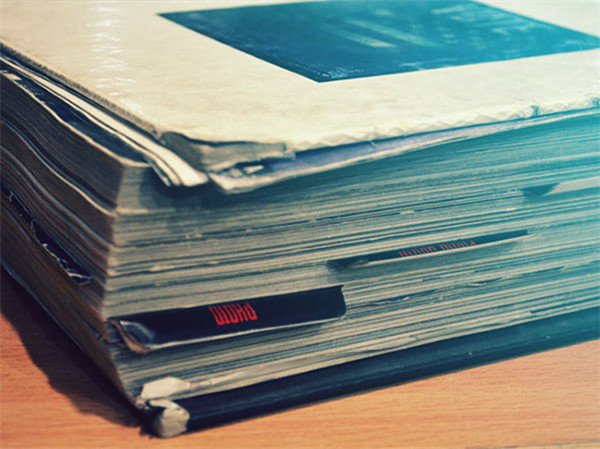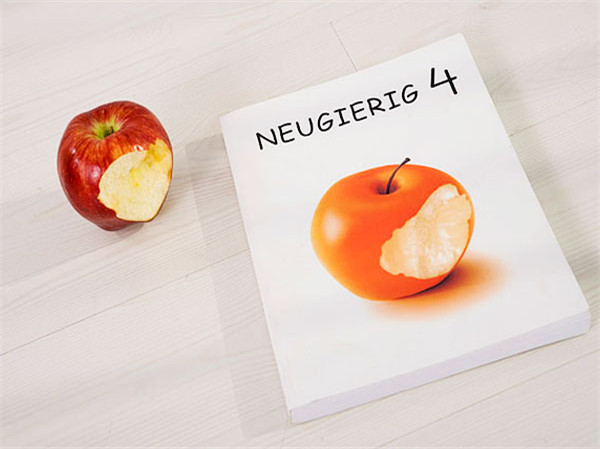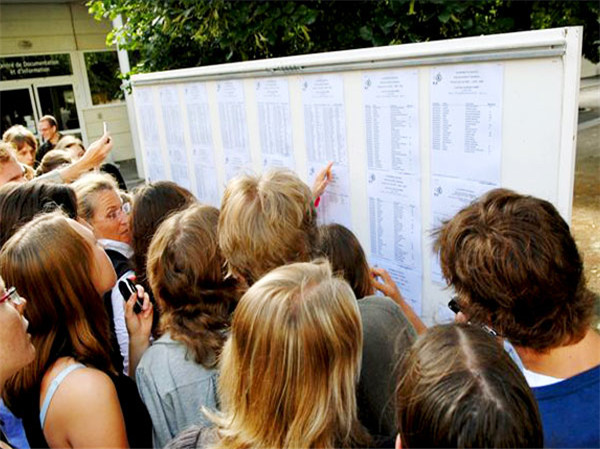现在大家在进行托福备考时官方真题Official托福模考软件相信是大家用的最多的工具了,对于托福成绩的提升是非常有帮助的。托福听力可以说是整个托福考试当中比较重要的一个部分,如何利用现有资料官方真题Official模考软件来提升大家的托福成绩呢?今天小编在这里整理了官方真题Official6托福听力Lecture3文本+题目+答案解析来分享给大家,希望对大家托福听力备考有帮助。

官方真题Official6托福听力Lecture3原文文本
Narrator: Listen to part of a lecture in a creative writing class.
Professor: Alright everybody, the topic for today is, well, we’re gonna take a look at how to start creating the characters for the stories you’re writing. One way of doing that is to come up with what’s called “a character sketch”, I don’t mean a sketch like a drawing, I guess that’s obvious. It’s um…it’s a…a sketch is a way of getting started on defining your characters’ personalities.
To begin, how do we create fictional characters? We don’t just pull them from thin air, do we? I mean we don’t create them out of nothing. We base them, consciously or unconsciously, we base them on real people, or we blend several people’s traits, their attributes into one character. But when people think fiction, they may assume the characters come from the author’s imagination.
But the writer’s imagination is influenced by… by real people, could be anyone. So, pay attention to the people you meet: someone in class, at the gym, that guy who is always sitting in the corner at the coffee house, um… your cousin, who’s always getting into dangerous situations. We’re pulling from reality, gathering bits and pieces of real people. You use these people, and the bits of behavior or characteristics as a starting point as you begin to sketch out your characters.
Here is what you should think about doing first. When you begin to formulate a story, make a list of interesting people you know or have observed. Consider why they’re unique or annoying. Then make notes about their unusual or dominant attributes.
As you create fictional characters, you’ll almost always combine characteristics from several different people on your list to form the identity and personality of just one character. Keeping this kind of character sketch can help you solidify your character’s personality, so that it remains consistent throughout your story.
You need to define your characters, know their personalities so that you can have them acting in ways that are predictable, consistent with their personalities. Get to know them like a friend. You know your friends well enough to know how they’ll act in certain situations, right?
Say you have three friends, their car runs out of gas on the highway. John gets upset. Mary remains calm. Teresa takes charge of handling the situation. And let’s say, both John and Mary defer to her leadership. They call you to explain what happen. And when John tells you he got mad, you’re not surprised, because he always gets frustrated when things go wrong. Then he tells you how Teresa took charge, calmed him down, assigned tasks for each person and got them on their way.
Again, you’re not surprised. It’s exactly what you’d expect. Well, you need to know your characters, like you know your friends. If you know a lot about a person’s character, it’s easy to predict how they’ll behave. So if your characters’ personalities are well defined, it will be easy for you as the writer to portray them realistically…er… believably, in any given situation.
While writing character sketches, do think about details. Ask yourself questions, even if you don’t use the details in your story. Um…what does each character like to eat, what setting does each prefer, the mountains, the city, what about educational background, their reactions to success or defeat. Write it all down.
But, here I need to warn you about a possible pitfall. Don’t make your character into a stereotype. Remember the reader needs to know how your character is different from other people who might fall in the same category. Maybe your character loves the mountains and has lived in a remote area for years.
To make sure he is not a stereotype, ask yourself how he sees life differently from other people who live in that kind of setting. Be careful not to make him into the cliché of the “ragged mountain dweller”.
Okay, now, I’ll throw out a little terminology. It’s easy stuff. Major characters are sometimes called “round characters”.Minor characters are sometimes called, well, just the opposite, “flat”. A round character is fully developed; a flat character isn’t. Character development is fairly limited. The flat character tends to serve mainly as a motivating factor.
For instance, you introduce a flat character who has experienced some sort of defeat. And then your round, your main character who loves success and loves to show off, comes and boasts about succeeding and jokes about the flat character’s defeat in front of others, humiliates the other guy. The flat character is introduced solely for the purpose of allowing the round character to show off.
查看官方真题Official6托福听力Lecture3的题目请进入下一页→→→
相关推荐
-
【官方真题Official托福阅读】官方真题Official3托福阅读词汇真题练习——pales&significance
2015-11-19![【官方真题Official托福阅读】官方真题Official3托福阅读词汇真题练习——pales&significance]()
-
【托福听力备考】官方真题Official听力高频词汇——文学讲座学科词汇汇总
2015-11-06![【托福听力备考】官方真题Official听力高频词汇——文学讲座学科词汇汇总]()
-
托福到底能考多少分?19年必练真题告诉你答案
APP专享![托福到底能考多少分?19年必练真题告诉你答案]()
-
【官方真题Official托福阅读】官方真题Official3托福阅读词汇真题练习——ensuing&initial
2015-11-19![【官方真题Official托福阅读】官方真题Official3托福阅读词汇真题练习——ensuing&initial]()
-
【官方真题Official托福阅读】官方真题Official3托福阅读词汇真题练习——guarantee&ensure
2015-11-19![【官方真题Official托福阅读】官方真题Official3托福阅读词汇真题练习——guarantee&ensure]()
-
【官方真题Official托福阅读】官方真题Official3托福阅读词汇真题练习——arduous&difficult
2015-11-19![【官方真题Official托福阅读】官方真题Official3托福阅读词汇真题练习——arduous&difficult]()
-
【官方真题Official托福模考】官方真题Official4托福阅读词汇真题练习 adjacent&nearby
2015-12-04![【官方真题Official托福模考】官方真题Official4托福阅读词汇真题练习 adjacent&nearby]()
-
官方真题Official4托福阅读词汇真题练习——rebound&decline
2015-12-04![官方真题Official4托福阅读词汇真题练习——rebound&decline]()
-
官方真题Official5托福阅读词汇真题练习——promote&complicate
2015-12-09![官方真题Official5托福阅读词汇真题练习——promote&complicate]()
-
【托福阅读备考】官方真题Official1托福阅读词汇真题练习——plugged&washed
2015-11-09![【托福阅读备考】官方真题Official1托福阅读词汇真题练习——plugged&washed]()
-
【官方真题Official托福阅读】官方真题Official3托福阅读词汇真题练习——devised&suggested
2015-11-19![【官方真题Official托福阅读】官方真题Official3托福阅读词汇真题练习——devised&suggested]()
-
【官方真题Official托福阅读】官方真题Official3托福阅读词汇真题练习——particular&final
2015-11-19![【官方真题Official托福阅读】官方真题Official3托福阅读词汇真题练习——particular&final]()
-
【官方真题Official托福阅读】官方真题Official3托福阅读词汇真题练习——integral&variable
2015-11-19![【官方真题Official托福阅读】官方真题Official3托福阅读词汇真题练习——integral&variable]()
-
【小站推荐】官方原题Official模考软件之考托模考测试题C1
2014-05-04![【小站推荐】官方原题Official模考软件之考托模考测试题C1]()
-
官方真题Official8托福阅读词汇真题练习——disruption&exhaustion
2015-12-18![官方真题Official8托福阅读词汇真题练习——disruption&exhaustion]()
-
【托福阅读备考】官方真题Official1托福阅读词汇真题练习——autonomous&artistic
2015-11-09![【托福阅读备考】官方真题Official1托福阅读词汇真题练习——autonomous&artistic]()
-
【托福听力备考】官方真题Official听力高频词汇——歌剧讲座学科词汇汇总
2015-11-06![【托福听力备考】官方真题Official听力高频词汇——歌剧讲座学科词汇汇总]()
-
官方真题Official5托福阅读词汇真题练习——overwhelm&powerful
2015-12-09![官方真题Official5托福阅读词汇真题练习——overwhelm&powerful]()
-
【官方真题Official托福阅读】官方真题Official3托福阅读词汇真题练习——unprecedented&virtually
2015-11-19![【官方真题Official托福阅读】官方真题Official3托福阅读词汇真题练习——unprecedented&virtually]()
-
【官方原题Official模考软件】小站推荐考托模考测试题B1
2014-05-04![【官方原题Official模考软件】小站推荐考托模考测试题B1]()
-
【官方真题Official托福阅读】官方真题Official3托福阅读词汇真题练习——inevitable&final
2015-11-19![【官方真题Official托福阅读】官方真题Official3托福阅读词汇真题练习——inevitable&final]()
定制专属课程规划
领取成功
添加助教,定制你的专属课程规划

每日提分任务
专业提分资料
全程督学答疑
























